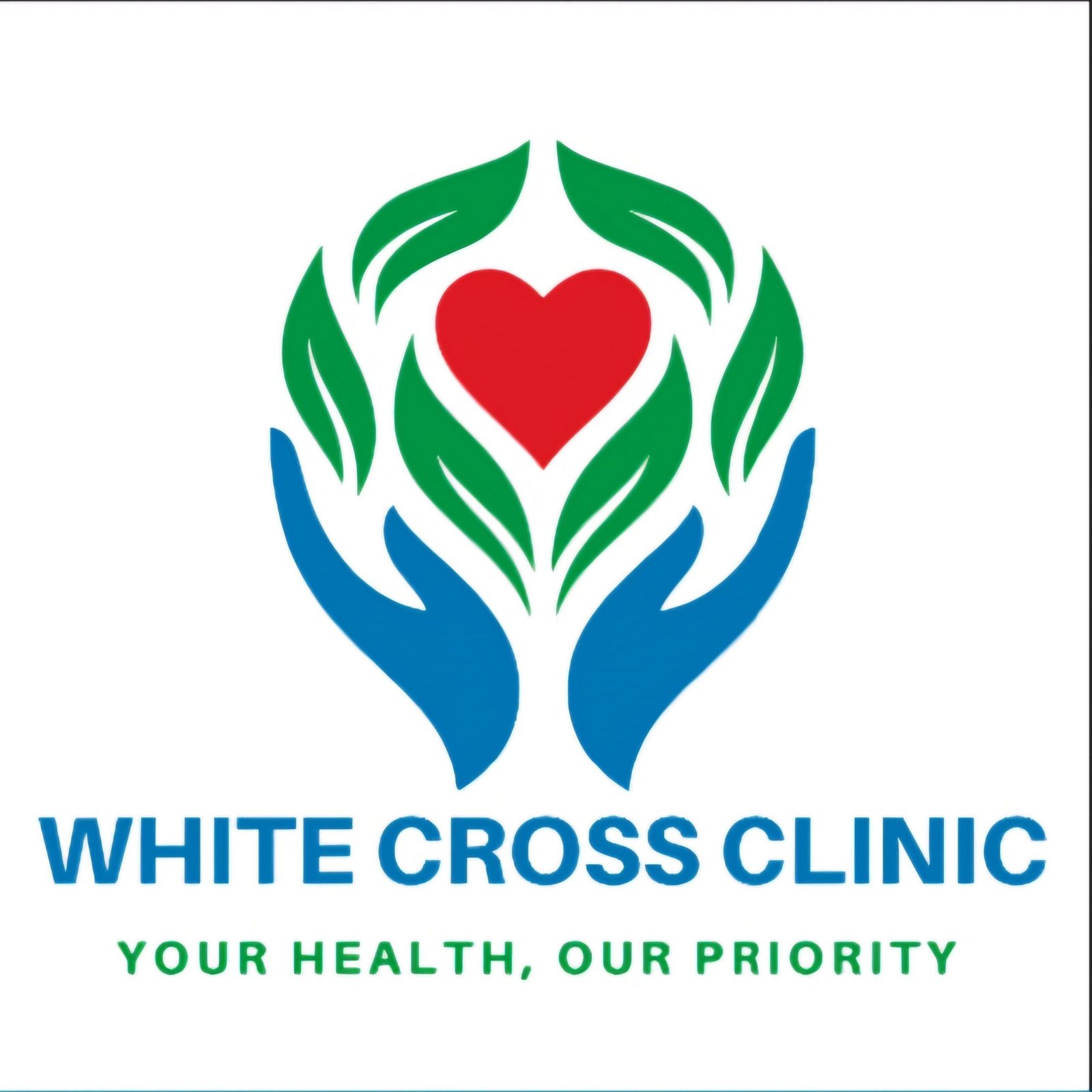Overview
Cerebral palsy is a group of conditions that affect movement and posture. It’s caused by damage that occurs to the developing brain, most often before birth.
Symptoms appear during infancy or preschool years and vary from very mild to serious. Children with cerebral palsy may have exaggerated reflexes. The arms, legs and trunk may appear floppy. Or they may have stiff muscles, known as spasticity. Symptoms also can include irregular posture, movements that can’t be controlled, a walk that’s not steady or some combination of these.
Cerebral palsy may make it hard to swallow. It also can cause eye muscle imbalance, in which the eyes don’t focus on the same object. People with the condition might have reduced range of motion in their joints due to muscle stiffness.
The cause of cerebral palsy and its effect on function vary from person to person. Some people with cerebral palsy can walk while others need assistance. Some people have intellectual disabilities, but others do not. Epilepsy, blindness or deafness also might affect some people with cerebral palsy. There is no cure, but treatments can help improve function. The symptoms of cerebral palsy may vary during the child’s development, but the condition doesn’t get worse. The condition generally stays the same over time.
Products & Services
Symptoms
Symptoms of cerebral palsy can vary greatly. In some people, cerebral palsy affects the whole body. In other people, symptoms might only affect one or two limbs or one side of the body. General symptoms include trouble with movement and coordination, speech and eating, development, and other issues.
Movement and coordination
Movement and coordination symptoms may include:
- Stiff muscles and exaggerated reflexes, known as spasticity. This is the most common movement condition related to cerebral palsy.
- Variations in muscle tone, such as being either too stiff or too floppy.
- Stiff muscles with regular reflexes, known as rigidity.
- Lack of balance and muscle coordination, known as ataxia.
- Jerky movements that can’t be controlled, known as tremors.
- Slow, writhing movements.
- Favoring one side of the body, such as only reaching with one hand or dragging a leg while crawling.
- Trouble walking. People with cerebral palsy may walk on their toes or crouch down when they walk. They also may have a scissors-like walk with their knees crossing. Or they may have a wide gait or a walk that’s not steady.
- Trouble with fine motor skills, such as buttoning clothes or picking up utensils.
Speech and eating
These symptoms related to speech and eating may occur:
- Delays in speech development.
- Trouble speaking.
- Trouble with sucking, chewing or eating.
- Drooling or trouble with swallowing.
Development
Some children with cerebral palsy have these symptoms related to development:
- Delays in reaching motor skills milestones, such as sitting up or crawling.
- Learning disabilities.
- Intellectual disabilities.
- Delayed growth, resulting in smaller size than would be expected.
Other symptoms
Damage to the brain can contribute to other neurological symptoms, such as:
- Seizures, which are symptoms of epilepsy. Children with cerebral palsy may be diagnosed with epilepsy.
- Trouble hearing.
- Trouble with vision and changes in eye movements.
- Pain or trouble feeling sensations such as touch.
- Bladder and bowel issues, including constipation and urinary incontinence.
- Mental health conditions, such as emotional conditions and behavior issues.
The brain condition causing cerebral palsy doesn’t change with time. Symptoms usually don’t worsen with age. However, as the child gets older, some symptoms might become more or less clear. And muscle shortening and muscle rigidity can worsen if not treated aggressively.
When to see a doctor
Contact your child’s health care professional and get a prompt diagnosis if your child has symptoms of a movement condition. Also see a health professional if your child has delays in development.
See your child’s health care professional if you have concerns about episodes of loss of awareness or of irregular bodily movements or posture. It’s also important to contact your child’s health care professional if your child has trouble swallowing, poor coordination, eye muscle imbalance or other developmental issues.
